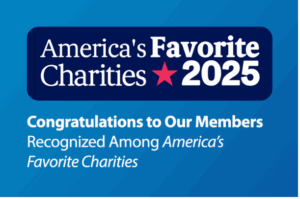Sarah Ford | October 20, 2014
What’s the Best Way to Market Your Charitable Giving?
By David Hagenbuch
From the red Dell laptops for AIDS awareness to pink Nike high-tops for breast cancer research, more companies are embracing social causes as ways of helping themselves and others. Such cause-related marketing generally produces win-win outcomes: The for-profit companies generate goodwill and earnings, while the nonprofit causes share in income they may not otherwise have seen.’
Granted, some cause-related marketing slips below the floor of decency. For instance, when a for-profit company donates to a worthy cause but then spends even more money on advertising to tell others the good it’s done, or when a nonprofit organization misappropriates the gifts it receives.
These unusual cases aside, the notion that cause-related marketing tends to produce mutual benefit does not mean that all of such benevolence is equally good. From the for-profit partner’s perspective, some cause-related marketing practices are better than others. The difference tends to be a function of how strategically a firm approaches its philanthropy, which can be separated into three distinct categories of cause-related marketing: Good, Better and Best.
Get Resources and Insights Straight To Your Inbox
Explore More Articles
Congratulations to Our Members Recognized Among America’s Favorite Charities
Each year, The Chronicle of Philanthropy releases its list of America’s Favorite Charities—the 100 nonprofits that raise the most from individual donors, foundations, and corporate…
Read ArticleThe Future of Corporate Giving: How Nonprofits Can Prepare
Corporate giving is a valuable part of the nonprofit funding ecosystem. Companies large and small have incorporated philanthropic efforts into their overall business plans, from…
Read ArticleJoin Us at the Workplace Fundraising & Volunteering Summit!
We’re excited to announce that America’s Charities President, Jim Starr, and Board Member, Fernando Lorence of JP Morgan Chase, will be speaking at the Workplace…
Read ArticleGet Resources and Insights Straight To Your Inbox
Receive our monthly/bi-monthly newsletter filled with information about causes, nonprofit impact, and topics important for corporate social responsibility and employee engagement professionals, including disaster response, workplace giving, matching gifts, employee assistance funds, volunteering, scholarship award program management, grantmaking, and other philanthropic initiatives.




